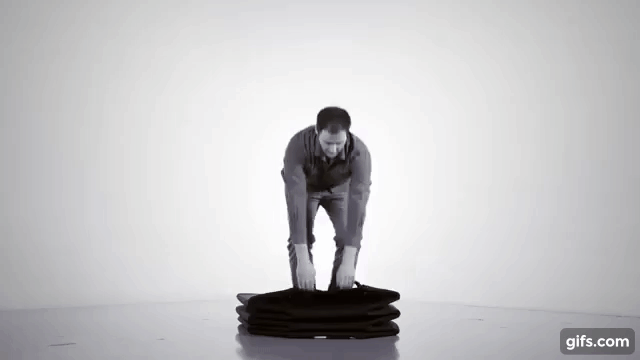Cheaper rates don’t get house hunters buying. US sales at 10-month low
Contract closings decreased 2.5% from a month earlier to a 3.86 million annualized rate.

Sales of existing US homes fell in August to a 10-month low on persistent affordability challenges ahead of a recent decline in mortgage rates.
Contract closings decreased 2.5% from a month earlier to a 3.86 million annualized rate, according to figures released Thursday from the National Association of Realtors. That was weaker than the median forecast in a Bloomberg survey of economists.
The housing industry is counting on a series of interest-rate cuts by Federal Reserve — which started Wednesday with a larger-than-typical 50-basis-point reduction — to revive demand. Cheaper home-financing costs would be particularly welcomed by first-time buyers, who made up a record-low share of August purchases, according to the NAR.
“Home sales were disappointing again in August, but the recent development of lower mortgage rates coupled with increasing inventory is a powerful combination that will provide the environment for sales to move higher in future months,” NAR chief economist Lawrence Yun said in a statement.
Mortgage rates declined last week to the lowest level since September 2022, stoking an influx of applications for home purchases and refinancing, according to the Mortgage Bankers Association.
Resale inventory rose for an eighth straight month in August, with the supply of existing homes rising 0.7% to 1.35 million. That’s still the highest since October 2020. Even so, that’s well below the 1.9 million average in the five years prior to the pandemic. At the current sales rate, that represents a 4.2 months supply.
The median sales price, meantime, increased 3.1% in the year through August, to $416,700. That was the highest for any August in NAR data.
Over the past year, existing-home sales have averaged a 4 million annualized pace, much slower than the 5.3 million rate in the year prior to the pandemic.
Lock-In Effect
A lack of inventory had been a notable headwind, with many would-be sellers unwilling to put their homes on the market and give up their sub-3% mortgage rates. This so-called lock-in effect has reduced sales by about a million homes a year, Yun has said.
After the Fed’s rate decision Wednesday, Chair Jerome Powell described the housing market as “frozen” because of the lock-in effect. Lower mortgage rates will encourage people to move, but the continued shortage of housing — which is the “real issue” — is not something the Fed can really fix, he said.
Yun suggested the recent declines in borrowing costs indicate homeowners with a $2,000 monthly mortgage payment could afford a house that costs $50,000 more.
In August, NAR’s figures showed 60% of homes sold were on the market for less than a month, compared with 62% in July. And 20% sold above the list price, compared with 24% a month earlier.
Properties remained on the market for 26 days on average last month, compared with 24 days in July.
Existing-home sales account for the majority of the US total and are calculated when a contract closes. On Wednesday, the government will release August new-home sales figures, which are based on contract signings.




















